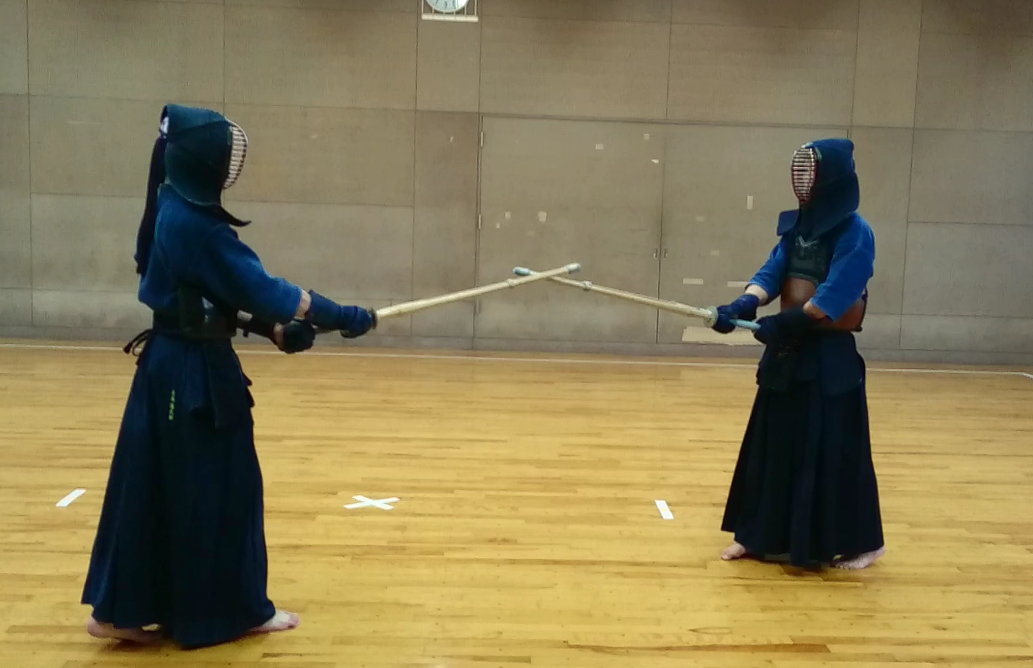Kendo is a traditional Japanese martial art.
The attraction of martial arts, which is different from general sports, is felt not only by Japanese people but also by foreigners.
Kendo basically aims at internal growth, such as mental strength, rather than competing to win or lose like sports.
In this article, I will explain the basic rules of kendo, training methods, and the depth human development that is the reason why kendo practitioners continue to practice kendo.
Rules
The rules for kendo matches are officially established by the All Japan Kendo Federation.
During the match, which lasts about 3 to 5 minutes, the Men, Kote, Do, and Tsuki are struck with bamboo sword (Shinai).
It becomes effective only when various conditions such as shouts, postures, and attitudes are met, and you win by scoring 2 points before your opponent.
Practice method
It is performed barefoot on a wooden floor in a gymnasium, wearing an uniform (Dogi and Hakama) and protective armor (Bogu), and holding a bamboo sword.
Repetitive practice of basic techniques, more practical practice that combines them, and competition-style training are common.
If there is a kendo federation in your country or region, there will be a venue for training, so you can start by going there.
If you want to practice at a Japanese venue, you may be able to participate by contacting the person in charge using information on the web or SNS.
Human development
In kendo, manners such as bows and greetings are valued, and courtesy is required more than actually winning or losing.
It's one of the best ways to learn about the "Samurai spirit", which is so attractive even to Japanese people.
It can be said that the main purpose of kendo practitioners is to become strong and be kind to others, and to create a peaceful world without conflict.
I hope that this article will be useful to you and that you will become interested in kendo.


コメント